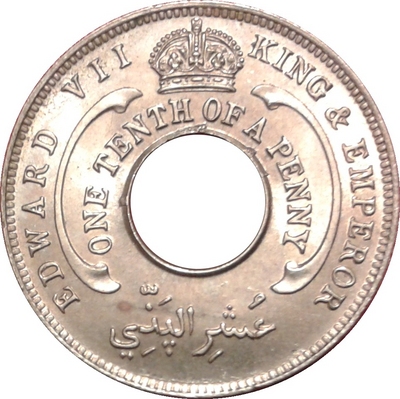J.D.Not sure what's up with the quotes but this is a pretty cool discussion that I'm in no way qualified to participate in.
Do any of those rebuttals come up in the polymath link that was posted way up there? He talked a bunch about infinity-related issues here: http://polymathematics.typepad.com/polymath/2006/06/and_finally.html
Like I say I have no basis to come down on either side of this issue but it's pretty interesting.
From what I have seen, all arguments claiming that .999...=1 fall into one of the following categories:
1) They disregard the fact that not all infinities are equal.
2) They claim that if nothing exists between two numbers, then those two numbers are equal, despite not having a basis for such a claim. (If two quantum particles, both being infinitely small, occupy two adjacent Planck spaces, therefore having nothing--not even space--between them, does that make them the same particle?)
3) They claim that .999... and 1 are equal because they are interchangable and can be treated as equal in all real situations.
4) They take a parallel concept (i.e. '1/3=.333...') without proving it and use that to 'prove' that .999...=1, when in truth the 'fact' they used to prove it is not true.
Maybe I've missed something. That's all I can remember.
I think the reason for all of the debate comes from how the situation is being looked at. If you just look at it mathematically, it is reasonable to conclude that .999...=1 because the two numbers are interchangable in practice in any mathematical situation without exception, and because often when .999... is produced as a solution to a problem, the solution is actually 1 (for example, if you take 1/3 into decimal form then multiply it by 3; however, .333... is not quite 1/3 so it's not exact).
However, infinity itself is not even really a number. It is more of a concept. To really understand what .999... means you can't just put it in an equation, you have to look at what the concept of infinity even means, and what the idea of .999... even means.
Something I typed a long time ago that explains my reasoning:
.999... is not a number. It is a limit as the variable approaches infinity [lim(n->infinity)(1-10^(-n))]. Infinity does not exist. Therefore, .999... does not exist. It exists in theory because we treat infinity as a number. That's fine, because it works. However, when we treat infinity as a number in theoretical applications such as limits, derivation, and integration, we have to remember that we are treating infinity as a number, and can therefore manipulate it as a number with operations such as addition and multiplication. That means we can take a hypothetical number n=1-[1/(10^infinity)], which is equal to .999.... If .999...=1, then 1-[1/(10^infinity)]=1, which means 1/(10^infinity)=0, which means 1=0(10^infinity). This is clearly incorrect, since 0x, with x being a number, is always equal to 0, and infinity is being treated as a number in this situation. Of course infinity is not a number and cannot be manipulated like this in real life, but infinity doesn't exist, so using infinity in limits also doesn't work in real life. It only works in theory when infinity is treated as a number. Claiming that .999...=1 is allowing infinity to be manipulated as a number in some ways that do not work in real life but not in others, all within the same theoretical situation. The difference between .999... and 1 is negligable to the extent that they can be treated as the same number in practical applications, but they are, by definition, not equal.































